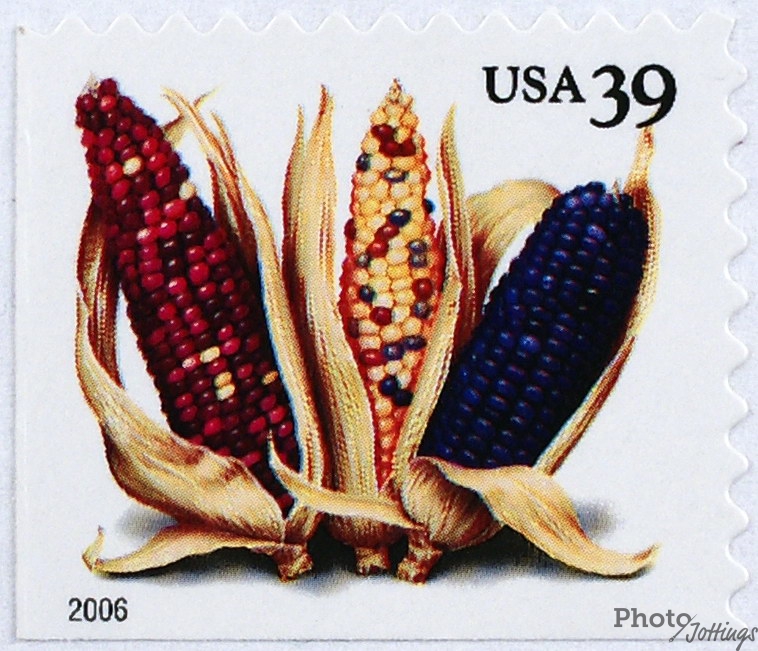Here’s a brief look at the Minolta AF 24mm F/2.8 lens. Scroll down for the review.
|
Lens
|
Minolta AF 24mm F/2.8
|
|
Box contents
|
Front and rear caps, hood and users manual.
|
|
Cost
|
$100-$200 used on eBay
|
|
Build quality
|
Very good
|
|
Additional information
|
Full frame and no Sony equivalent yet.
|
| Specifications below |
|
|
Optical configuration
|
8 elements in 8 groups
|
|
Angle of view
|
84° full frame, 56° APS-C.
|
|
Aperture
|
7 blades, straight
|
|
Full frame and APS-C
|
Yes, made for full frame. APS-C equivalent, 36mm
|
|
Depth of field and focus scales?
|
Yes and yes
|
|
Minimum focus, image plane to subject
|
10″ (254mm)
|
|
Minimum focus, end of lens barrel to subject
|
6″ (152mm)
|
|
Hard stop at infinity focus?
|
Yes
|
|
Length changes when focusing?
|
No
|
|
Focus ring turns in AF?
|
Yes
|
|
Filter size
|
55mm
|
|
Filter ring rotates?
|
No
|
|
Distance encoder?
|
No
|
|
Max magnification
|
0.16x
|
|
Min. F/stop
|
F/22
|
|
Sony teleconverter compatible?
|
No
|
|
Dimensions W x L (my measurements)
|
2.6″ x 1.7″ 66mm x 44mm
|
|
Maximum extended length (my measurements)
|
1.7″ (44mm)
|
|
Weight bare (my scale)
|
7.5oz (211g) 8.2oz (233g) with caps
|
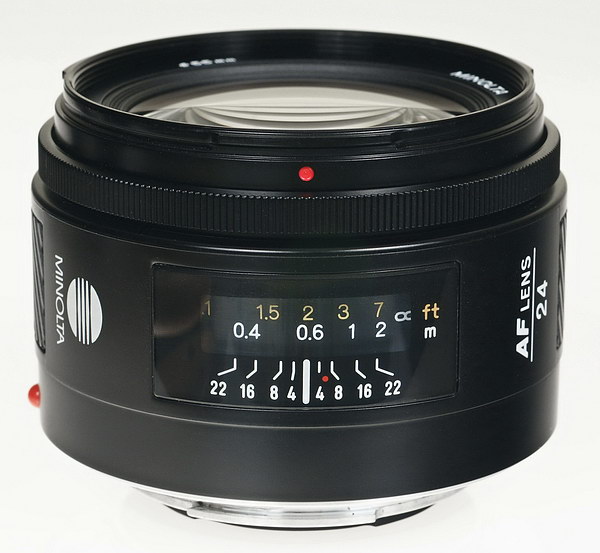 |
| Side shot |
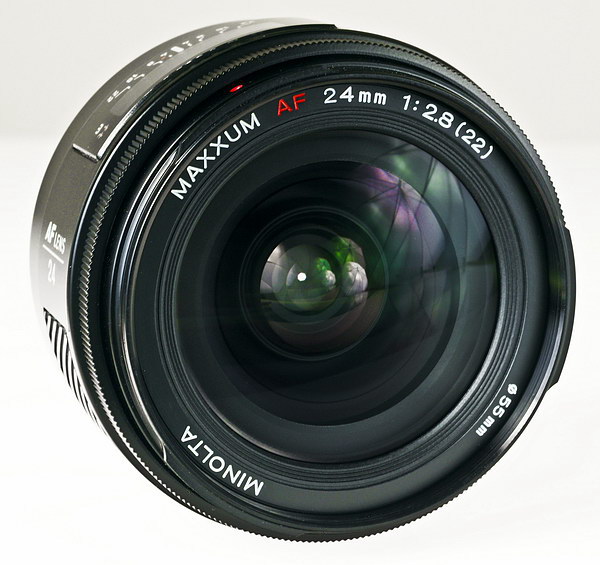 |
| Front element much larger than 28mm F/2.8 |
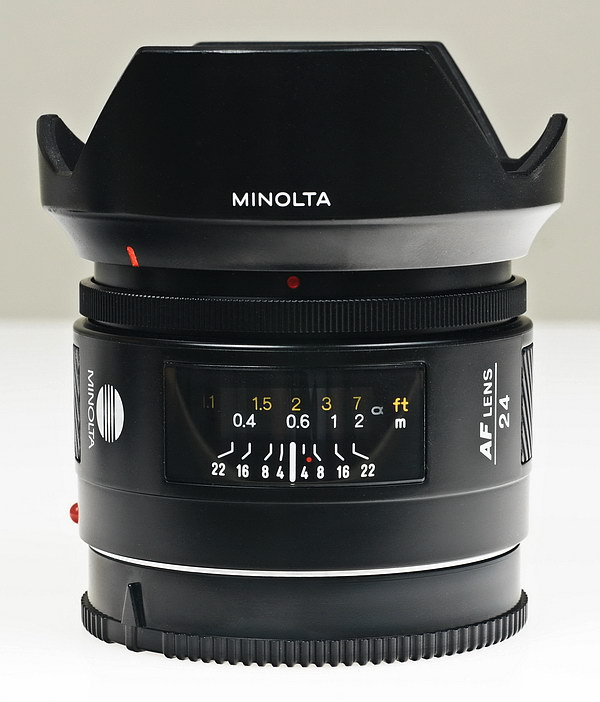 |
| Side shot with original hood. |
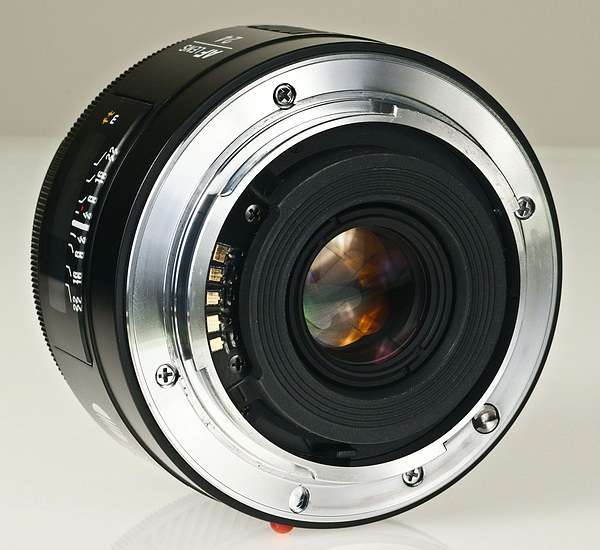 |
| Rear view |
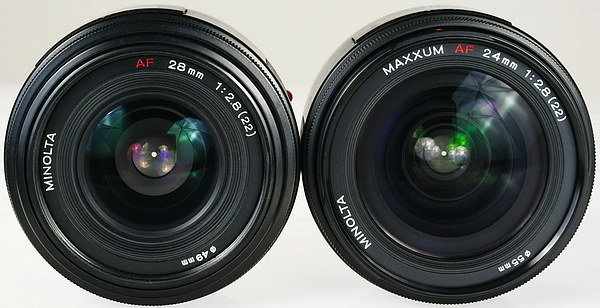 |
| Left 28mm, right 24mm. |
The Minolta AF 24mm F/2.8 is a compact lens, about as small as you’re going to get. Externally, it’s nearly identical to the Minolta 28mm F/2.8, the only thing different is the larger front element on the 24mm lens. Build quality is very good. This model is from the original 1985 design. It has a satin black finish with white index marks along the focus distance window. It also has an Infra-red focus index, the red dot on the aperture scale. The lens says “Japan” so I’m assuming it’s made in Japan. Focusing is quick and accurate, especially with the Sony A700. Manual focusing is a chore, since the ring is slightly stepped down at the end of the barrel, plus the ring is very narrow and hard to manipulate with your fingers.
The lens is multi-coated with the mild magenta/green look. The same as most other Minolta lenses from this era.
Filter use. Regular filters cause no additional vignetting on full frame or APS-C cameras.
Lateral color fringing. I see some red fringing on the sides. Stopping down doesn’t help, but it’s not really noticeable unless you look at your pictures at 100%. Very similar to the 28mm F/2.8 lenses. Average control here.
|
Sun centered, F/5.6
|
Sun in shot, F/5.6
|
 |
 |
|
Bokeh, F/2.8
|
Bokeh, F/4
|
 |
 |
Distortion. I notice a mild to moderate amount of barrel distortion, very similar to the Minolta 28mm F/2.8 lens reviewed here.
 |
| Barrel distortion. |
|
F/2.8
|
F/4
|
 |
 |
light fall off or corner shading is well controlled on this lens. On an aps-c size sensor there is a mild amount at F/2.8, but it’s very gradual, and blends nicely towards the center making it nearly invisible in real world pictures. I gets better as you stop down. The picture for the corners below shows light fall-off at F/2.8.
Next, we have the corner sharpness sample frame crops. Go below to read the results.
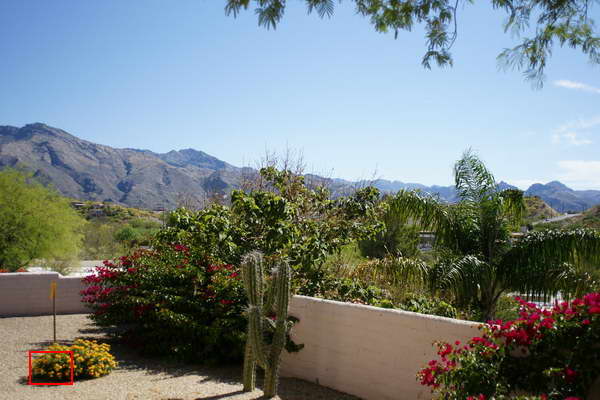
|
F/2.8
|
F/4.0
|
 |
 |
|
F/5.6
|
F/8
|
 |
 |
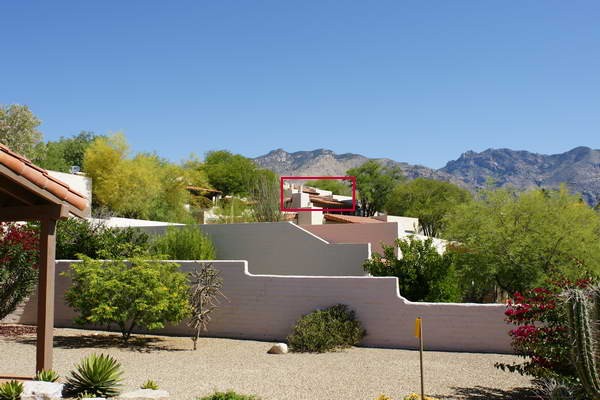
This is the entire scene of the sample center shots below.
|
F/2.8
|
 |
|
F/4
|
 |
|
F/5.6
|
 |
|
F/8
|
 |
|
F/11
|
 |
Above, look at the ridiculously boring pictures trying to split hairs on sharpness. At F/2.8, it’s pretty sharp, but not the sharpest, which I think is at F/4-F/8, then a slight softening at F/11. Keep in mind the sample crops are enlarged here to 100%, much larger than most people would normally observe. Under normal circumstances, you’ll never see any soft centers. There might be a bit less contrast at F/2.8 which can make it appear less sharp.Below, check out the close focus sample. Click to see a 100% cropped portion of the full image, 175kb. The sample shot was taken with the Sony A 700 12.2mp camera. The subject is a standard US stamp, 1″x 3/4″ or 25.4mm x 19mm. Also, note the macro shot was taken as close to the subject as focusing allowed; In this case, about 6″ or 152mm, measured from the front of the lens barrel to the subject.
|
Full frame results using the Sony A900 below. Check out the differences when using a film or full frame camera below. I’m only pointing out the noticeable issues as compared to the APS-C bodies, so if I don’t show it here, the results are not significantly different enough to warrant posting an additional set of images in this section. Light fall-off
Light fall-off is worse than the APS-C crops shown earlier. At F/2.8 it’s heavy, and noticeable in real shots, but one stop down and things change dramatically for the better. It doesn’t get much better by stopping down past F/4. Full image from A900 below. 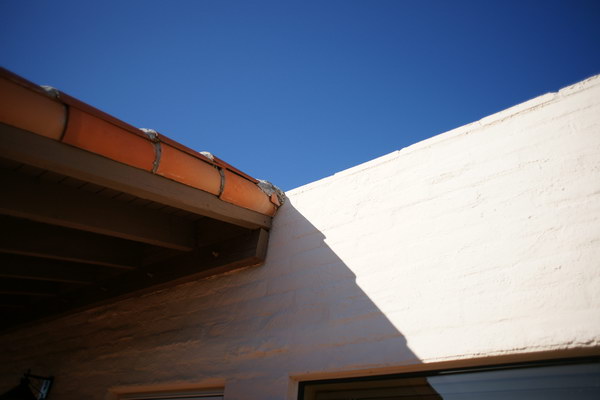 The dark corners are not very noticeable here, then again this example isn’t the best. This shot was F2.8, ISO 200, 1/3200sec. As always, don’t shoot normal daylight shots wide open. Corner samples next.
The corners are softer than the APS-C crops show. Don’t sweat this too much as a normal landscape shot would be at least F/5.6, and low light shots would probably hide soft corners depending on subject matter. F/8 looks good, though It does appear F/11 produces the sharpest corners, but not by much. F/16 is not needed as it is no sharper. The exposure differences are from light fall-off. Distortion.
There is slightly more barrel distortion, but the only way to notice it is to toggle between the two images. Coma results with full frame.
This is coma on the A900. It’s heavy at F/2.8, but clears up quite a bit at F/4. I wouldn’t be afraid to shoot night time street scenes at F/4, but if you use F/2.8, make sure you try and keep points of light away from the corners, otherwise, you may have a messed up shot. Keep in mind the images above are 100% (corner cropped) portions of the whole image, and printed out as you might see it on your computer screen would measure 65″ (1.9m) wide using the A900. |
Conclusion
APS-C users; the Minolta AF 24mm F/2.8 lens turned in a pretty good performance. It’s fairly sharp at F/2.8, and sharp all over at F/4 to F/8. The corners are soft at F/2.8, but that’s no big deal as stated above. It’s more useful than the 28mm on an APS-C camera; equaling 36mm, which is a nice walk around focal length in my opinion, better than the 42mm equivalent of the 28mm. Current prices are running around $100-$200 on eBay, which is an excellent bargain if you can live within the focal length. This lens will deliver sharp shots at F/2.8, for those that look at their images at 100% all day, use F/4.
For those that wannt a
The updated section below was added in November 2017, the original review was posted 5/2008.
The Minolta AF 24mm is still a good solid choice for interior work, or landscapes at F/8-11 using a full frame camera. For those using APS-C, the focal length would be about 36mm (in 135 film format).
Unfortunately, as we creep into 2018, Sony still has not produced a 24mm focal length ‘FE’ lens.
If you have an APS-C camera and want excellent optical qualities in this focal length, get the superb Sony CZ 24/1.8. If you’re on a budget, check out the Sony pancake 16mm lens, which has the same coverage as a full frame 24mm lens.
This lens will auto focus with the all Sony mirrorless cameras using the LA-EA4 adapter, or manual LA-EA3 here.
Check out the full size samples from the APS-C Sony A700 below, or go to the review and scroll to the bottom where I’ve added these samples, and made minor changes to the review; mostly page formatting etc.

Click yellow buttons for full size versions.
Check out the full frame samples from the Sony A900 below, or go to the review and scroll to the bottom where I’ve added these samples. Note: these images were not intended to be viewed in their entirety, I was showing crops at the time, and this set was for the ‘corner’ crops in the full frame section of the review. The patio post and roof are very close, and not within the depth of field for this test set.

Click yellow buttons for full size versions.
That’s it for the update.
